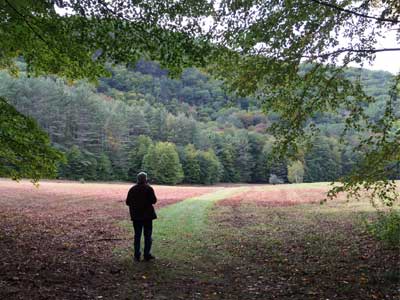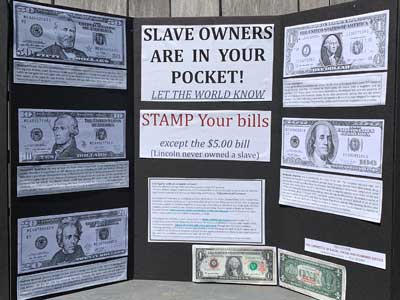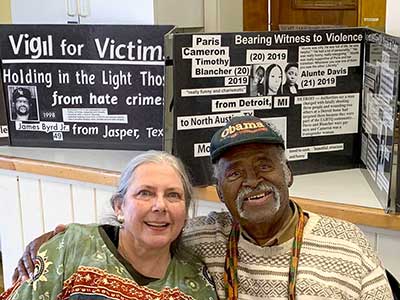CDC Website | Date Unknown
Racism is a system consisting of structures, policies, practices, and norms—that assigns value and determines opportunity based on the way people look or the color of their skin. This results in conditions that unfairly advantage some and disadvantage others throughout society. Racism — both interpersonal and structural – negatively affects the mental and physical health of millions of people preventing them from attaining their highest level of health, and consequently, affecting the health of our nation. A growing body of research shows that centuries of racism in this country has had a profound and negative impact on communities of color. The impact is pervasive and deeply embedded in our society—affecting where one lives, learns, works, worships and plays and creating inequities in access to a range of social and economic benefits—such as housing, education, wealth, and employment. These conditions—often referred to as social determinants of health—are key drivers of health inequities within communities of color, placing those within these populations at greater risk for poor health outcomes.
TAGS: [Strategies] [Health Disparities] [Economics] [Systemic Racism] [Housing] [Employment] [Social Justice] [Politics] [Black Lives Matter] [Indigenous] [Asian] [Latino/a]

















